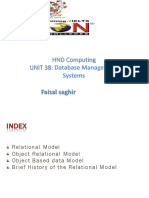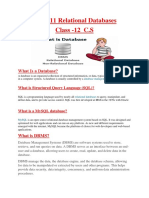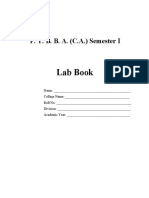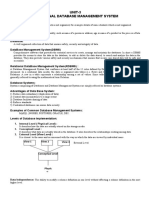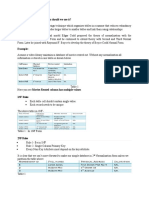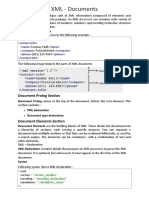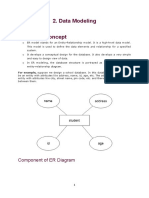0% found this document useful (0 votes)
25 views6 pagesCompact Database Concepts
The document outlines key concepts of databases, including definitions of data, uses of data, and the differences between database and non-database applications. It discusses the limitations of manual databases and the advantages of electronic databases, as well as the structure and types of database management systems, particularly relational databases. Additionally, it covers relational database concepts such as keys, referential integrity, and set operations like union, intersection, and minus.
Uploaded by
prachi7eCopyright
© © All Rights Reserved
We take content rights seriously. If you suspect this is your content, claim it here.
Available Formats
Download as PDF, TXT or read online on Scribd
0% found this document useful (0 votes)
25 views6 pagesCompact Database Concepts
The document outlines key concepts of databases, including definitions of data, uses of data, and the differences between database and non-database applications. It discusses the limitations of manual databases and the advantages of electronic databases, as well as the structure and types of database management systems, particularly relational databases. Additionally, it covers relational database concepts such as keys, referential integrity, and set operations like union, intersection, and minus.
Uploaded by
prachi7eCopyright
© © All Rights Reserved
We take content rights seriously. If you suspect this is your content, claim it here.
Available Formats
Download as PDF, TXT or read online on Scribd
/ 6















